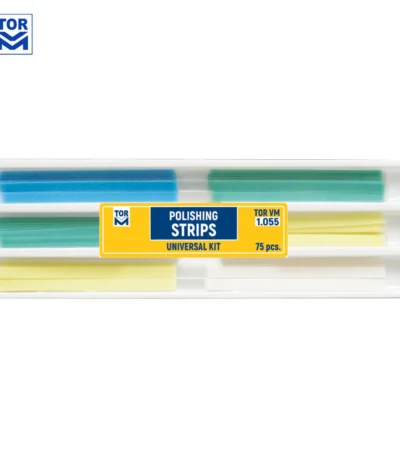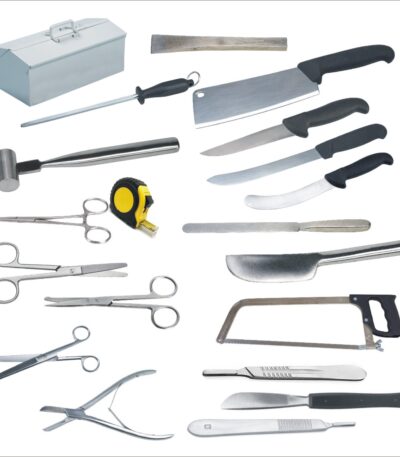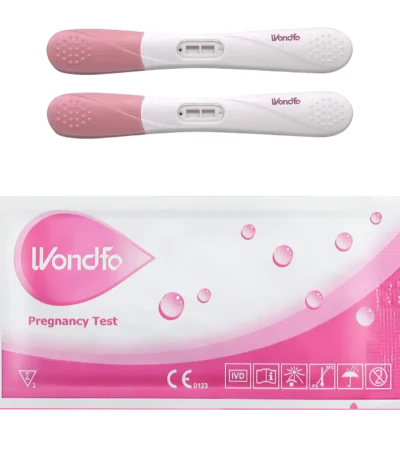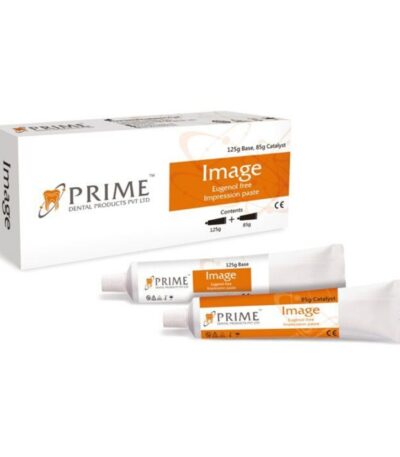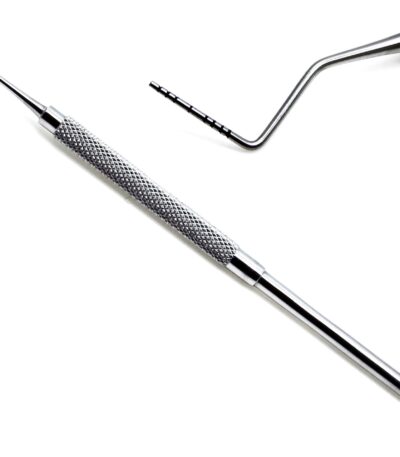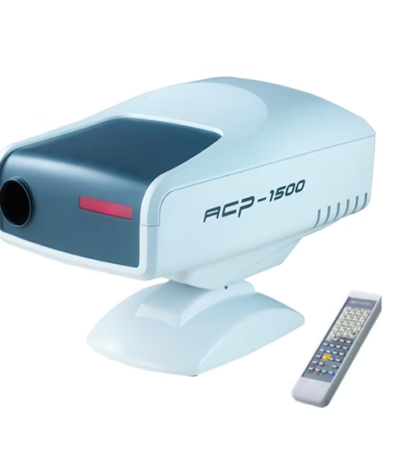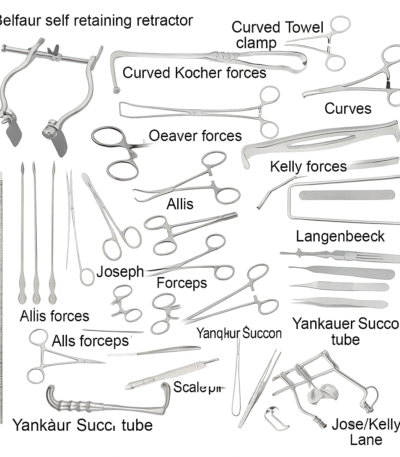Filter by price
Stock status
Showing 445–456 of 569 results
Point of Care Clinical Chemistry Analyzer – SMT-SD – Seamaty
Key Features and Specifications
-
Sample Type: Whole blood, serum, or plasma
-
Sample Volume: Approximately 0.09 mL (90 µL) to 0.12 mL (120 µL)
-
Testing Time: About 12 minutes per test
-
Analyzer Size: Around 25 cm (length) × 20 cm (width) × 30 cm (height)
-
Weight: Approximately 4–4.6 kg, making it portable and easy to move
-
Detection Principle: Photo-electric colorimetry and transmission turbidimetry
-
Reagent Format: Single-use reagent discs containing lyophilized reagents
-
Data Storage: Can store up to 500,000 test results
-
Connectivity: USB and LAN ports for data transfer and integration with laboratory systems
-
Maintenance: Minimal, as the analyzer uses pre-sealed reagent discs and has no complex tubing or valves
Polishing Strips
Polyglactin 910 Suture (Dozen Pack – All Sizes)
It is widely used in general soft tissue approximation, ligation, and internal surgical closures where gradual absorption and reliable wound support are desired.
Post-Mortem Surgical Set
Key Components and Their Functions
-
Scalpels (Various Sizes) – For making precise incisions through skin and tissue.
-
Dissecting Scissors (Straight and Curved) – Used for cutting soft tissues, muscles, and organs.
-
Bone Saw or Rib Shears – For cutting through ribs and bones to access internal organs.
-
Forceps (Tissue and Dressing Types) – Used for grasping, holding, and lifting tissues during dissection.
-
Brain Knife – Specifically designed for removing and sectioning the brain.
-
Cartilage Knife – Used for cutting through tough tissues such as cartilage.
-
Scalpel Handles with Blades – For attaching different blade sizes depending on the incision required.
-
Dissecting Needles (Straight and Curved) – Used for separating tissues and pinpoint dissection work.
-
Bone Chisel and Mallet – For opening the skull or sternum safely.
-
Ruler and Measuring Tape – For measuring organs, wounds, or pathological findings.
-
Specimen Containers and Jars – For preserving tissue or organ samples for lab analysis.
-
Scissors (Metzenbaum/Mayo) – For cutting fine and coarse tissue structures.
-
Post-Mortem Table Accessories (Optional) – Such as trays and collection bowls for fluids and organs.
Potassium Reagents
Measurement Methods & Corresponding Reagents
1. Ion-Selective Electrode (ISE) Method (Most common in modern analyzers)
Reagents include:
-
Internal standard (reference solution)
-
Electrolyte solution for K⁺ electrode balance
-
Conditioning solution
-
Electrode cleaning solution
-
Calibrators (Low & High K⁺)
Principle:
Potassium-selective membranes generate an electrical potential when exposed to K⁺ ions.
The potential difference is proportional to potassium concentration.
ISE is fast, accurate, and ideal for automated analyzers.
2. Turbidimetric/Colorimetric Tetraphenylboron Method
How it works:
-
Potassium reacts with sodium tetraphenylboron.
-
Forms a turbid or cloudy precipitate.
-
The degree of turbidity is measured photometrically at 510–550 nm.
-
Intensity correlates with potassium concentration.
Reagents contain:
-
Sodium tetraphenylboron
-
Buffer solution
-
Surfactants
-
Stabilizers
-
Preservatives
Used in: Semi-auto analyzers and manual systems.
Packaging Formats
-
Single-liquid reagent bottles
-
Multi-solution electrolyte packs (for ISE analyzers)
-
Ready-to-use liquid stable reagents
-
Analyzer-specific cartridges
Typical sizes: 25 ml, 50 ml, 100 ml, 250 ml.
Sample Types
-
Serum
-
Plasma
-
Urine (may require dilution)
-
Whole blood (in ISE/blood gas analyzers)
Pregnancy Test Kit
Prime Paste (Root Canal Sealer / Zinc Oxide Eugenol-Based Paste)
Probes
PROJECTOR CHART ACP-1500
Prophy Brushes – 50’s
Prophylaxis Paste
Prostatectomy Set
Basic Instruments
-
Scalpel handle with blades
-
Mayo scissors (straight and curved)
-
Metzenbaum scissors
-
Tissue forceps (Toothed and Non-toothed)
-
Needle holders (Mayo-Hegar, Olsen-Hegar)
-
Mosquito hemostats (straight and curved)
-
Kelly forceps
-
Sponge-holding forceps
-
Allis tissue forceps
-
Babcock forceps
-
Kocher forceps
-
Towel clamps
Retractors and Specialized Instruments
-
Deaver retractor
-
Richardson retractor
-
Langenbeck retractor
-
Doyen retractor
-
Balfour self-retaining retractor with bladder blade
-
Gelpi or Weitlaner retractors
Urological Instruments
-
Catheter introducer
-
Urethral sound set
-
Bladder scissors
-
Prostatic tenaculum
-
Bladder forceps
-
Yankauer suction tube


